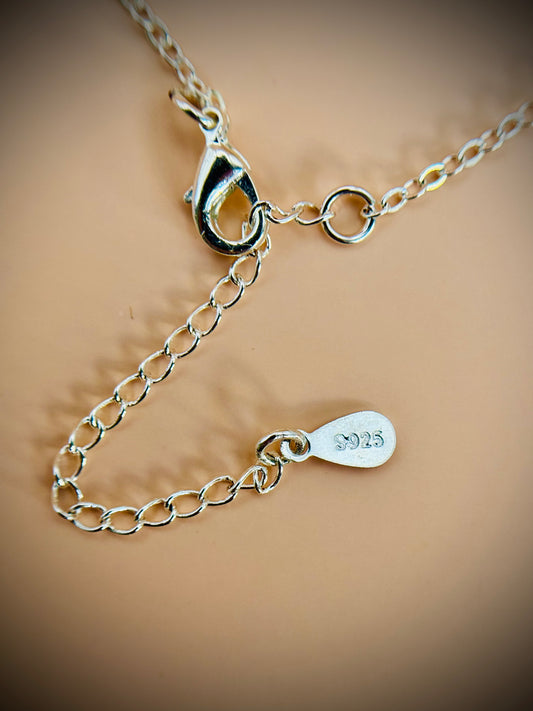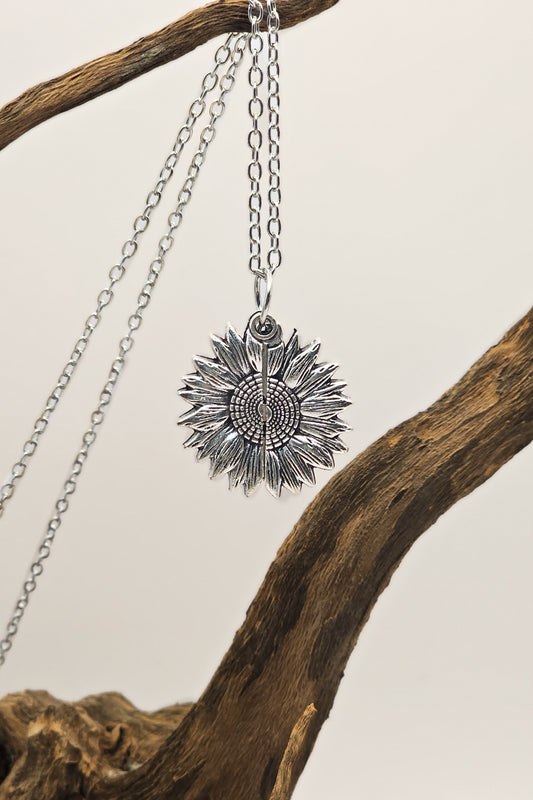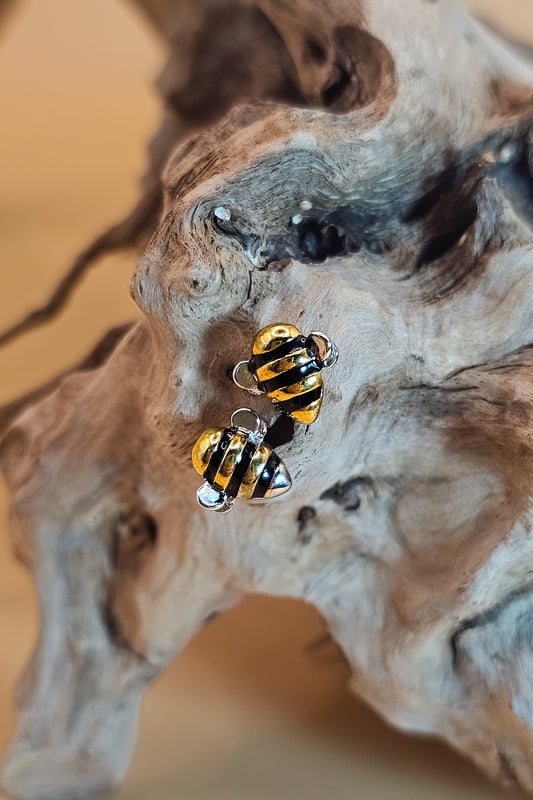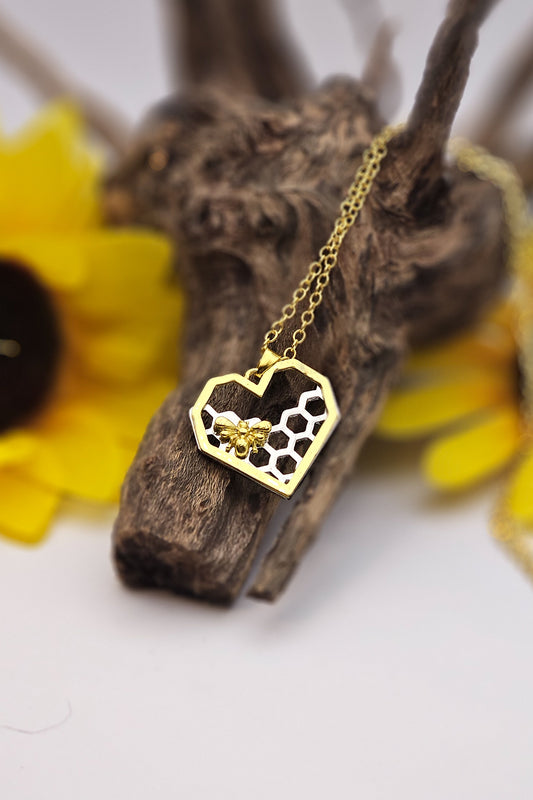People are often surprised to learn there are so many native bee species in the USA. The most famous bee is the classic European Honeybee, a non-native introduced to the USA in the 1600s… and the fuzzy, buzzy bumblebee is also well-known. But there are about 4,000 wild bees in the USA that fall into the categories of solitary, social or parasitic. Honeybees are social bees, but solitary bees account for about 70% of these insects.
There were nearly 1,000 species of mostly solitary and native bees in Colorado alone at last count. Only California, Utah and Texas have more bee diversity than Colorado. These bees keep to themselves, and build their nests in piles of leaves, old sticks, twigs and logs, and dig underground cavities into the earth in areas where the ground is warm from the sun, exposed and wide open so no dangers can lurk nearby unseen. They are not part of a huge hive and don’t produce honey.
Most of them don’t sting unless you make them feel threatened. They live in peace, mind their own business and beautify your garden. How about inviting some of these gentle bees to live in your garden?
You will want to provide food, water, shelter and space to just “bee” so they are happy in your habitat. Leave some areas wild, natural, unkempt, and include weeds, dirt, decaying leaves and wood in other natural non-landscaped areas in a state of rewilding. Bees find ideal nesting sites in the “messiness” of such natural materials.
This 6:29-minute video discusses how to attract native bees to your garden and how to make a native bee hotel. This video was filmed in Australia where there are about 1,700 wild bee species:
Welcome the bees by building a bee house or bee hotel from natural tubes (not plastic) like hollow twigs, plant stems or paper straws at least 6 inches long. Set them into a solid planter container. Or drill 6-inch holes into untreated wood. Hang the cottage 4 or 5 feet above the ground in a safe secure place, with the entrance facing east-southeast to capture the warmth of the morning sun.
Most likely a bee “family” which includes larva laid, will move in and out from one season to another. You can clean out the bee house when a family leaves so it is ready for a new family.
TO DO: Provide plenty of water in little saucers and shallow pots around your pollinator-friendly garden for bees and other winged visitors. Plant wildflowers, pollen-rich flowers and clover in unmanicured areas of your garden. If you buy wildflower seeds, check for native mixes that don’t have non-native or invasive seeds.
TO PLANT: Native and non-native flowers that bloom in spring, summer and fall so bees have food at all times. As discussed in other posts, early spring and late autumn can be tricky times for bees to find food and climate change is a challenge. Bees are super hungry when they emerge from their winter homes.
Spring plants Bees love classic tulips, Creeping Oregon grape, a low growing shrub with early flowering, Basket of Gold, a mustard family plant, and pasqueflowers, one of the earliest blooming plants.
Summer plants Bees love a large variety of nectar-rich plants found everywhere in summer. Echinacea, poppies, black-eyed Susans, moon carrot, penstemon or beardtongue, milkweed.
Autumn plants Bees love asters, salvia, iron weed.
TO AVOID: Pesticides that will kill your bees or make them deadly ill. Take the time to find bee-safe treatments that are organic. For instance, ladybugs will eat vegetable eating bugs.
The more natural and sustainable your garden is the more bees will see it as an oasis they want to inhabit, and grace you with their presence.








